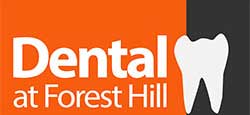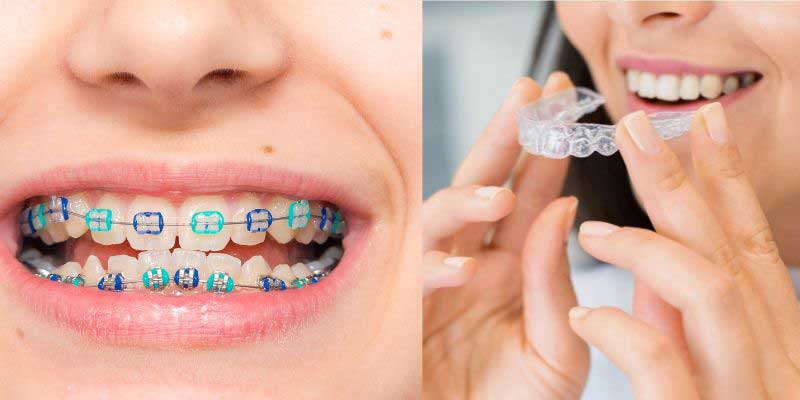Table of Contents
Orthodontic treatment has come a long way in recent years. While traditional metal braces have been a tried-and-true option for straightening teeth for decades, Invisalign has emerged as a popular alternative in recent years. So, which is better – Invisalign or braces? The answer is not as straightforward as one may think, as both options have their pros and cons.
Braces Vs Invisalign
Braces are the most common type of orthodontic treatment, especially for children and teenagers. These are made up of metal brackets that are glued to the teeth, and wires are then threaded through the brackets. The wires are gradually tightened over time, gradually shifting the teeth into their correct positions. Braces are typically worn for 1-3 years, depending on the severity of the case.
Invisalign, on the other hand, uses a series of clear, removable aligners to straighten teeth. The aligners are custom-made for each patient and are worn for 22-24 hours per day, with the patient switching to a new set of aligners every 1-2 weeks. Treatment time with Invisalign varies based on the complexity of the case, but typically ranges from 6 to 18 months.
Now, let’s take a closer look at the pros and cons of each option.
Pros of Braces:
- Braces are typically more effective for complex orthodontic issues, as they offer more precise control over the movement of teeth.
- They are often more affordable than Invisalign, making them a more accessible option for many patients.
- Braces are fixed to the teeth, so there is no risk of losing or misplacing them.
Cons of Braces:
- Braces can be uncomfortable and may cause irritation or soreness in the mouth.
- They require more maintenance, as patients need to avoid certain foods and take extra care to clean their teeth and braces to prevent food build-up.
- Braces are highly visible, which can be a concern for patients who are self-conscious about their appearance.
Pros of Invisalign:
- Invisalign aligners are virtually invisible, making them a more aesthetically pleasing option.
- They are removable, making it easier to maintain oral hygiene and eat certain foods.
- Invisalign aligners are generally more comfortable than braces, as there is no metal to cause irritation.
Cons of Invisalign:
- Invisalign may not be as effective as braces for complex orthodontic issues.
- They can be more expensive than braces, depending on the length and complexity of treatment.
- Invisalign requires more responsibility from the patient, as the aligners must be worn for at least 22 hours per day and changed every 1-2 weeks.
So, which option is better - Invisalign or braces? The answer ultimately depends on the individual patient and their specific orthodontic needs.
Conclusion
For patients with complex orthodontic issues, braces may be the more effective option. For patients who are more concerned with aesthetics, Invisalign may be the better choice. Ultimately, the decision should be made in consultation with an orthodontist, who can recommend the best option based on the patient’s unique situation.


